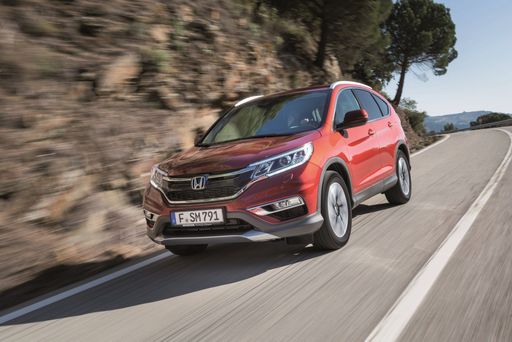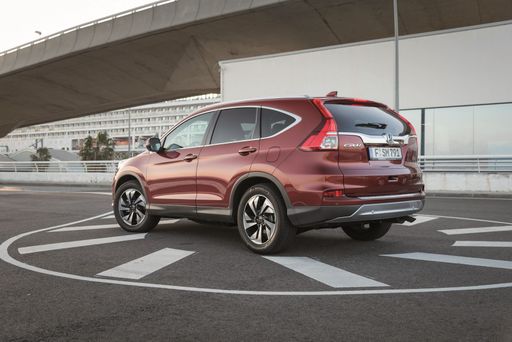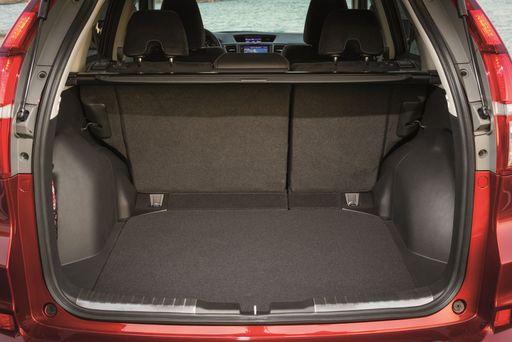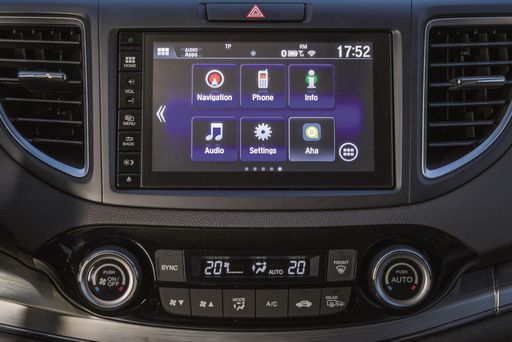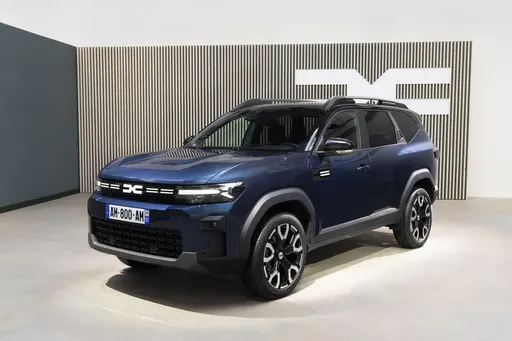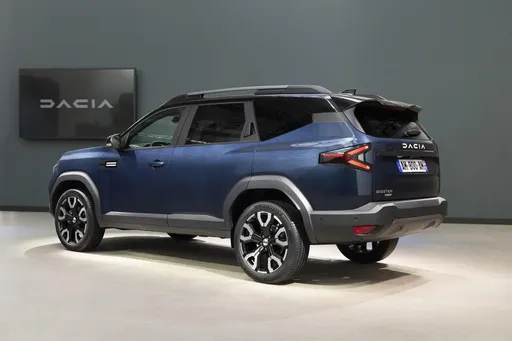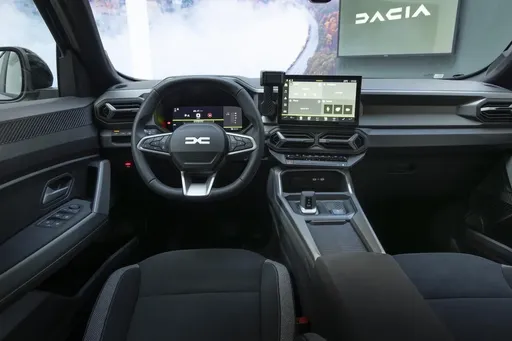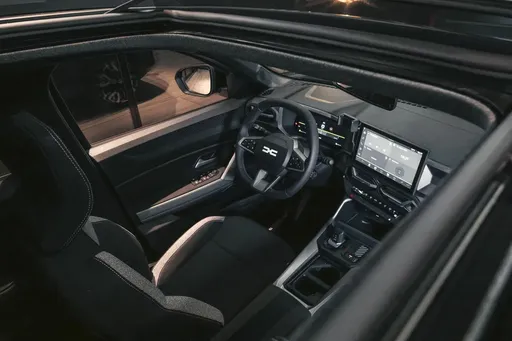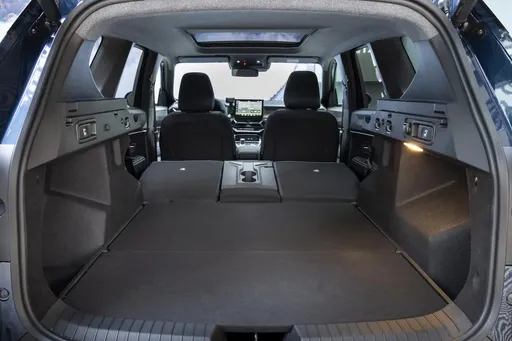Face-Off: Honda CR-V vs. Dacia Bigster
In a market saturated with SUVs, the Honda CR-V and the Dacia Bigster make a compelling case for themselves. Both vehicles offer distinctive features and innovations, appealing to different sets of preferences and needs. Let's dive into a comparative analysis of these two formidable SUVs.

